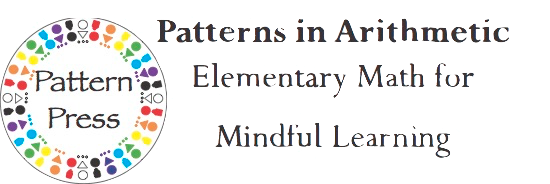This project is to observe and record the setting of the sun* over a year’s time from the same position each time you watch. Start at any date. Make as many observations a year as you can. First draw a picture of the horizon. You must stand at the exact same place every time each observation is made. Then record the position of the setting sun on your drawing.

You will need:
A clear view of the horizon to the west of about 90°
Paper and pencil
Magnetic compass (or a digital compass on a smart phone)
What to do:
Find a place where you can see the horizon with a clear view. Figure out how to remember this spot so you always stand in the exact same place. Notice special features to help you remember the precise spot to stand for each viewing and recording.
Use the compass and face due west (270°). Draw an outline of the horizon. Be sure to draw at least 45° to the north and 45° to the south of due west (270°). If you look west and there is a flat horizon, for instance at the beach, use features such as trees or buildings as landmarks to track where the sun sets.
Be careful to only look briefly at the sun as it drops below the horizon. Just as the sun sets draw a mark, such as a small half-circle, on your drawing of the horizon at the place where the sun is setting. This drawing of my horizon shows two red circles to mark where the sun set at two different times. Write the date above each mark. Or take photographs using panoramic view setting. See below for an example.

Some great times to observe are birthdays, holidays, the summer and winter solstices, the spring and autumn equinoxes and the four cross-quarter days, which occur midway between the solstices and the equinoxes. For example, February 2 is Candlemas or Ground Hog’s Day, May 1 is May Day, August 1 is Lammas, and November 1 is All Hallows. Different cultures have different names for these dates. The actual dates vary year to year as they are all based on an astronomical calendar.
Even if you miss any one day, make your observation and drawing as close to the astronomical dates as possible. Holidays can be used: Christmas is near the winter solstice; Easter is near the Spring Equinox; Halloween is near the cross-quarter day of All Hallows day, etc. Your own birthday or any significant date can be a day to mark.
After a few months, predict where the sun will set in the future.
After a year, look at the drawing and think about what you have observed.
What happened and why?
Predict where the next sun will set. This same project can also be done for sunrises. What do you predict will happen?
See additional lesson on this subject on this website.
*The sun doesn’t actually set. The earth turns and it only appears as if the sun is going down below the horizon. Watch and see if you can feel the difference if you think of the earth turning away from a stationary sun.
Examples of my horizon photos in Southern California taken with panorama view at sunset at different times of the year. All on significant astronomical days, solstices, cross quarter days and equinoxes.
Winter Solstice February 2 Spring Equinox



What is changing in these photos?
Can you guess at what time of year this photo was taken? 
